
The soul of Pakistan is found in its villages.
Kanpur Syedan, a village in the Punjab region near the border with India, is a reminder of all the Pakistani qualities that have made the country a place where I enjoy to be.
Village life

A motorcyclist carrying milk cans heads down the main road leading to the village.
Typical access to villages is via dirt roads that link to paved highways connecting to larger cities. The remoteness of the villages creates a quiet and peaceful environment.

This gentleman is a native of the village. He is an expert in classic Punjabi poetry.
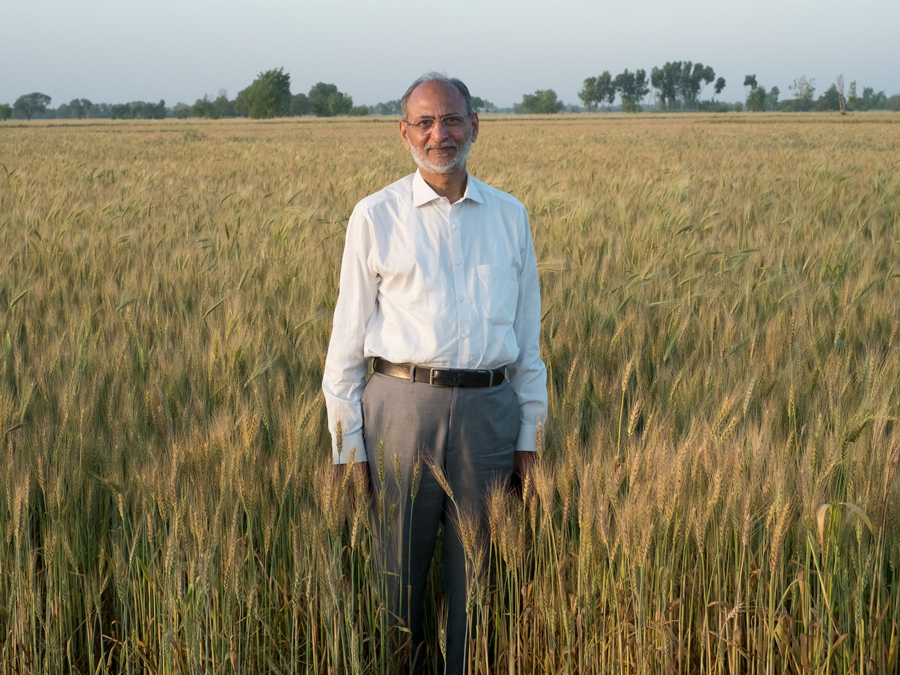
My friend, Dr. Syed Awais, stands in his wheat field near his village. Although he is now a prominent medical doctor in the major Pakistani city of Lahore, he maintains his ties to the land and to his village.
For Pakistanis, maintaining ties to the family village is an important cultural value. Even after becoming a citizen of the city (or even if born in the city), the village plays an important role in the maintenance of cultural identity. In this regard, it mirrors English values.
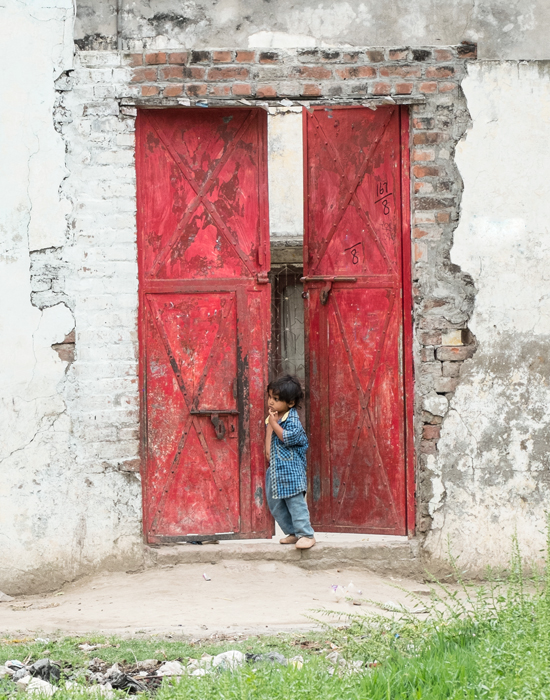
A village is a place that a child can freely explore.

Life slows down in the villages. Horse drawn carts are still in common use.

The village version of the food truck brings snacks to your front door.

Over the road trucks like this one would not be a common sight in the village, but they are a colorful, and common, sight on the highways of Pakistan.
People in the villages look much like everyone else throughout the country. The clothing is the same, the appearance is the same, and the friendliness is the same. Depending on region of the country, the head covering for men (and women) may vary. Both in the city and in the villages it is much more common to see men out and around on the streets than it is to see women. This is a reflection, of course, of how the social roles of men and women differ in the society.

This is a young man of the village.

Men wear differing kinds of head coverings, and each has a special significance.
Because of the heritage importance of the village to those who have left to move to the city, the cemeteries and the family graves are well maintained.

This is a mausoleum in the village's cemetery. It is much finer and more elaborate than what would be found in town of the same size in my state.

This crypt in the mausoleum has been carefully covered with a blanket and flower petals have been sprinkled on top of it.
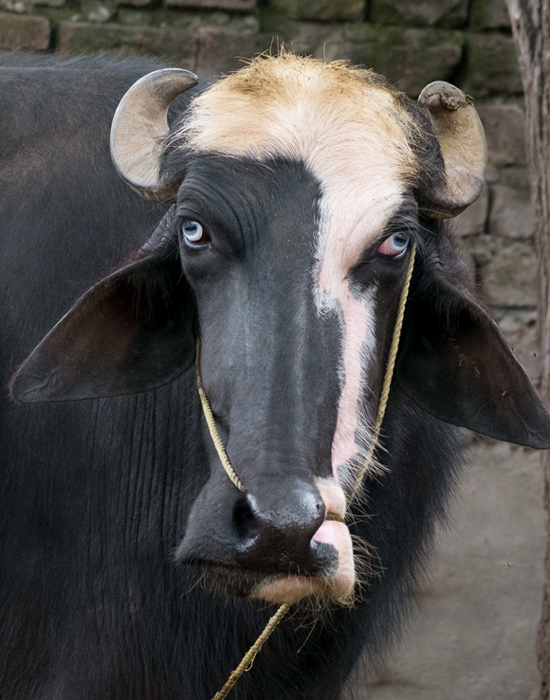
(No comment.)
Everywhere in the world eating is an important social activity. Our visit to the village was occasion to bring together some of the men of the village for dinner and an evening of conversation. As it turned out, it was indeed a memorable evening of conversation. Within our group we had one expert on classic Punjabi poetry (his picture is found towards the top of this page), and another was an expert on classic Persian poetry. During the evening these two erudite gentlemen took turns telling stories from their different classic traditions, and fortunately people were patient enough to translate for me. Although this was a small village, the learning of these two elders would have done honor to any city.

The local version of Uber Eats delivers our dinner.
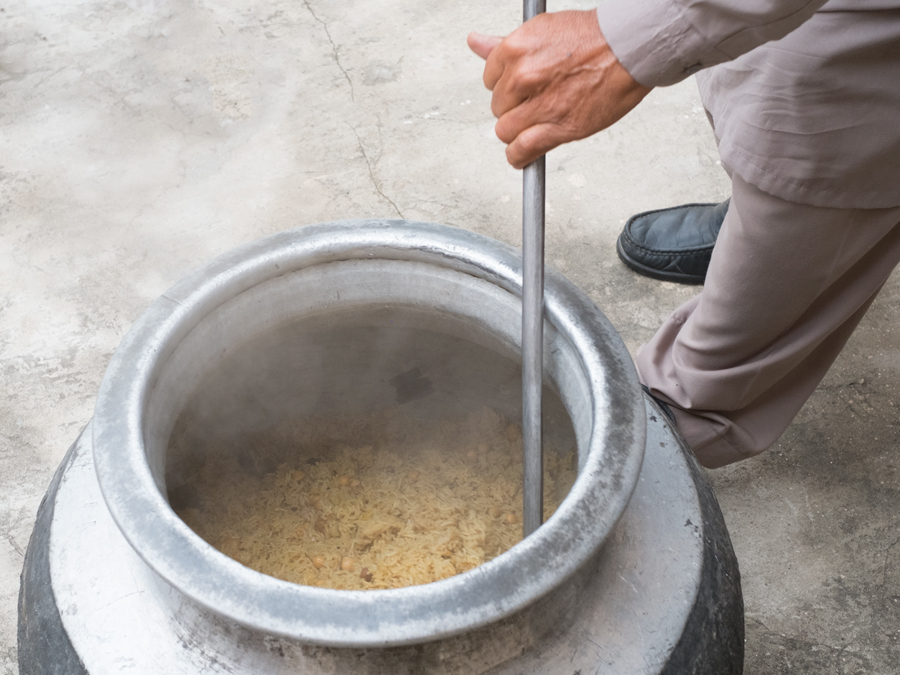
The quantity of food provided was much more than necessary for the eight or 10 of us who share dinner, but a quantity sufficient to share with other people in the village was prepared.
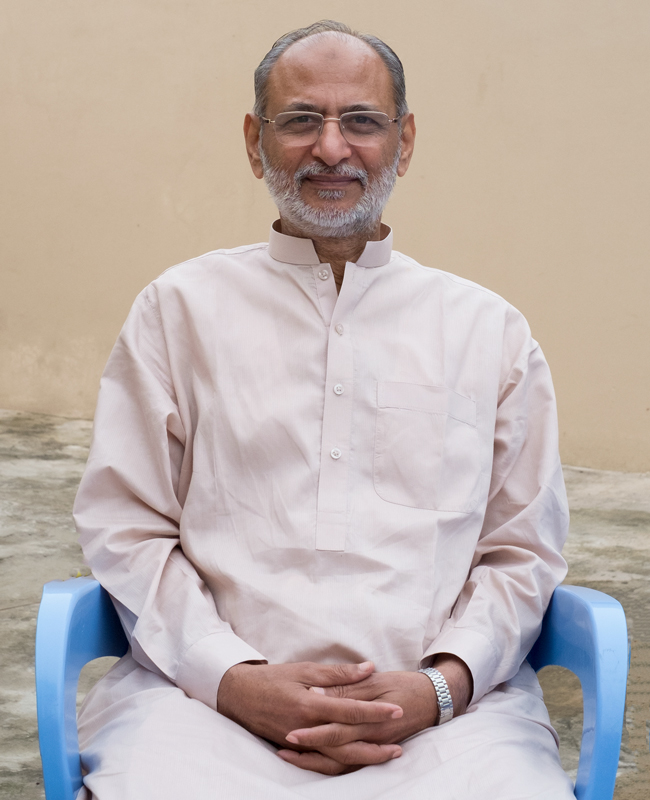
Dr. Syed Awais in traditional dress in the patio of his village home.
the village school
The village is too small to support a high school, but the schools that serve elementary and middle school students have been in operation for many more years than any schools in Oklahoma. The teachers appeared to be very dedicated, and the students appeared to be well comported and eager to learn. The facilities available, of course, were very simple compared to what would be found in an American school ...but the students that I saw, on the other hand, demonstrated an attitude towards their teachers that would have reflected well on any school in Oklahoma.
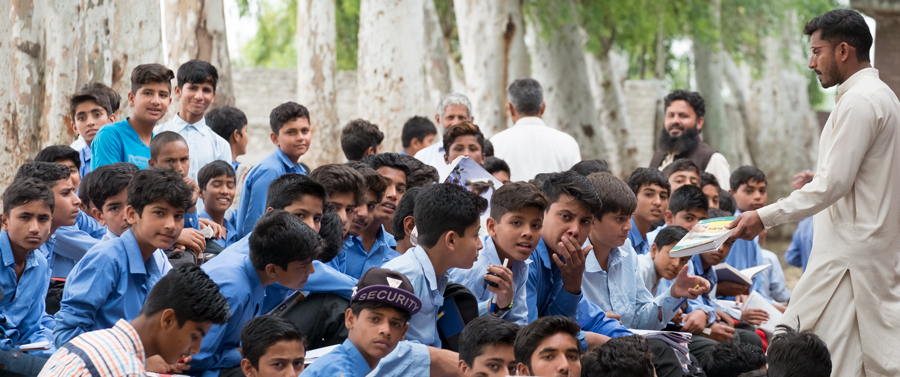
On pleasant days it is nice to have class outdoors, but a foreign visitor with a camera will divert the attention of the students of the students.

One of the teachers pauses to have a look at the guests.
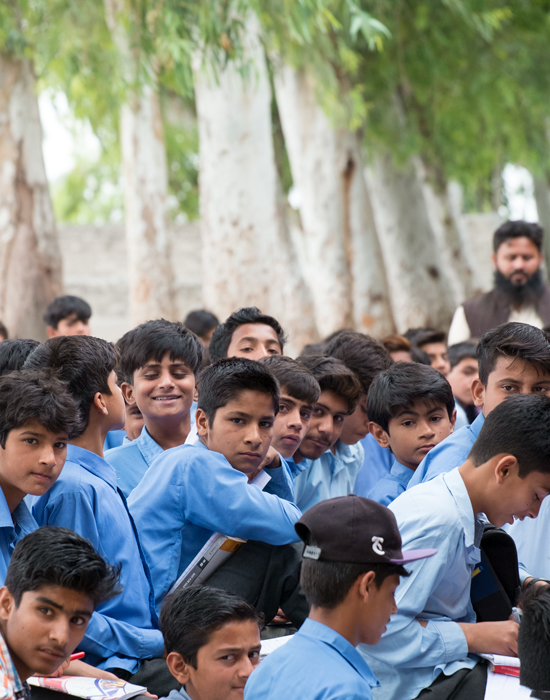
The tall trees in the background provide shad when the classes move outdoors.
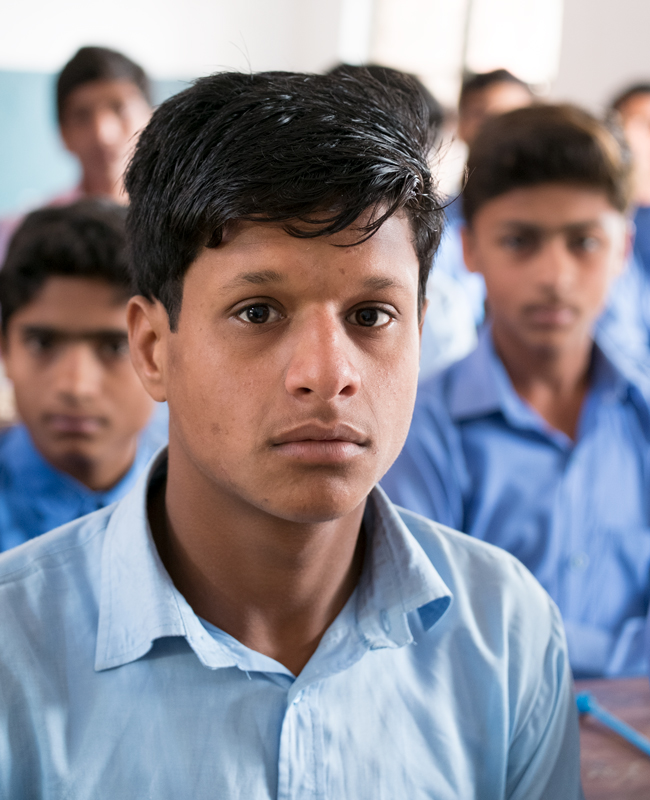
Students are serious and applied.

The Headmaster of the boys school keeps his cell phone at hand.

Cricket is the preferred leisure sport for the village boys.

Students in younger grades are allowed to sit comfortably on mats on the floor.

This girl takes her studies seriously.

This young man has a look for self-confidence.
all photographs by

Rodger Randle


Rodger Randle
OU Center for Studies in Democracy and Culture

Prof. Rodger A. Randle, Director
The University of Oklahoma Tulsa
4502 East 41st Street, Tulsa, Oklahoma 74135
Telephone: 1-918-660-3495
E-mail: randle@ou.edu